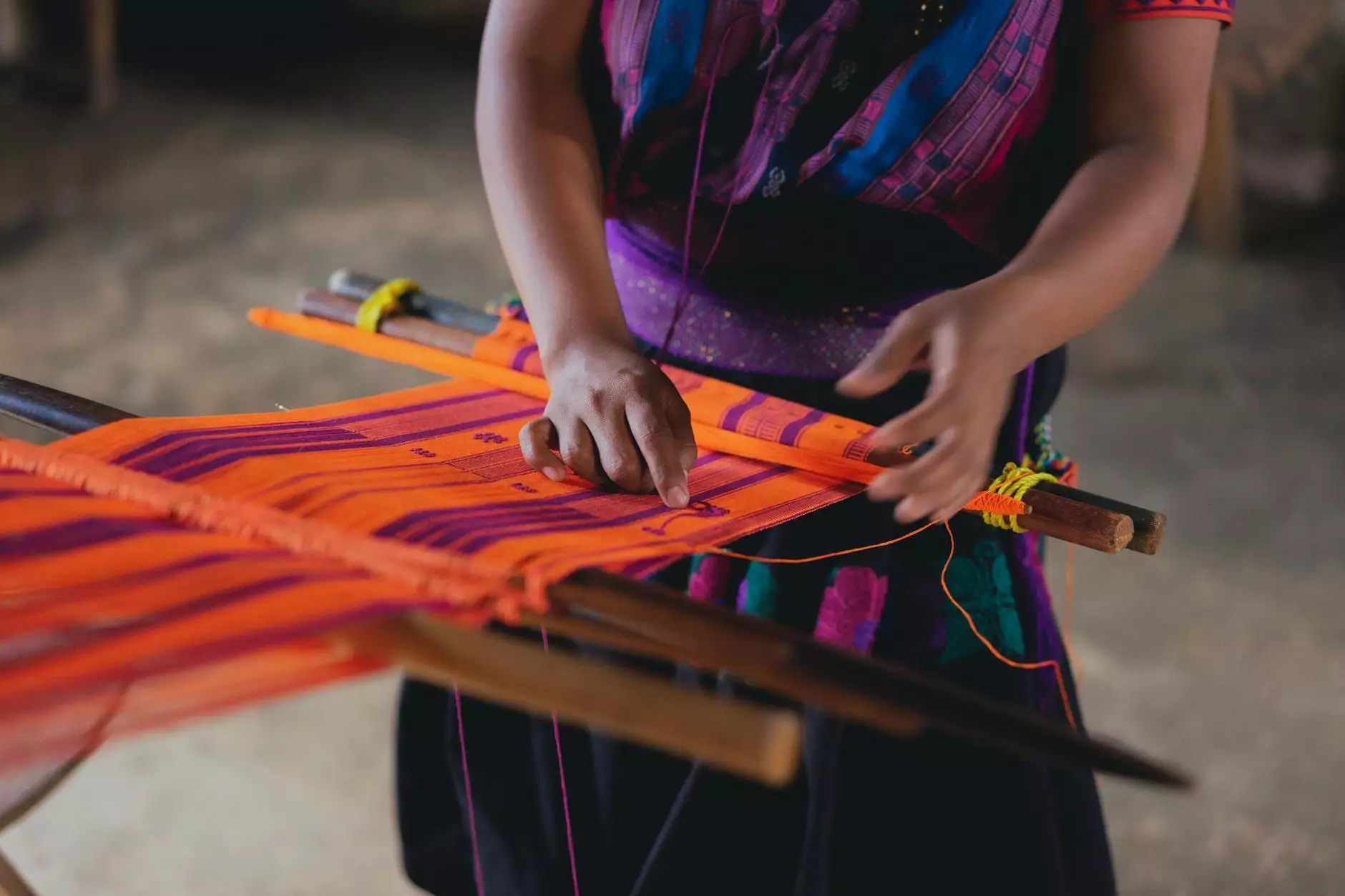From Pineapple to Piña: A Philippine Textile Treasure

Welcome to La Historia Society's exhibition on the Piña textile! Delve into the fascinating world of this Philippine treasure as we uncover its rich history, intricate craftsmanship, and cultural significance. Join us as we explore the journey from humble pineapple fibers to stunning cloth, and discover the modern applications of this unique fabric.
Introduction to Piña Textile
The Piña textile holds a special place in Philippine culture and heritage. It is a testament to the skilled artisans who have honed their craft for generations. Made from the fibers of pineapple leaves, the Piña textile is known for its fine quality, delicate texture, and unmistakable beauty. This intricate fabric has a rich history that dates back centuries.
The Crafting Process
Creating Piña fabric is a labor-intensive process that requires skill, precision, and patience. The journey begins with carefully selected pineapple leaves, which are harvested and stripped to obtain the long, fine fibers. These fibers are then painstakingly hand-processed to remove impurities, dried, and spun into thread. The resulting thread is woven into intricate patterns using traditional wooden looms, creating textiles of unparalleled beauty.
Throughout the crafting process, artisans employ various techniques to enhance the fabric's quality and durability. From bleaching the fibers to achieve a pristine white color to meticulously blending colors for vibrant designs, every step is a testament to the craftsmanship and attention to detail that goes into creating a Piña textile.
Cultural Significance
The Piña textile holds immense cultural significance in the Philippines. It is deeply woven into the country's history, traditions, and celebrations. Often associated with elegance and luxury, Piña fabric is used in traditional Filipino clothing, such as barongs and Filipinianas. These garments are commonly worn during special occasions, weddings, and formal events.
Beyond its use in clothing, the Piña textile also plays a role in preserving cultural heritage. It serves as a canvas for intricate embroidery and other embellishments, showcasing the artistry and creativity of Filipino artisans. The fabric's versatility has also led to its incorporation in modern designs, including home decor, accessories, and even high-end fashion.
Modern Applications
In recent years, there has been a renewed interest in Piña fabric worldwide. Its fine quality, sustainability, and cultural significance have captured the attention of designers, fashion enthusiasts, and textile enthusiasts alike. The fabric's natural sheen and lightweight properties make it a sought-after material for luxury fashion brands and designers who value craftsmanship and uniqueness.
Not only does the Piña textile offer a sustainable alternative to synthetic fabrics, but it also supports local communities and traditional artisans. By promoting the use of Piña fabric, we contribute to the preservation of traditional weaving practices and provide economic opportunities for skilled craftsmen and women.
Visit Our Exhibition
At La Historia Society, we invite you to explore the beauty and significance of the Piña textile through our exhibition. Immerse yourself in the rich history, witness the intricate crafting process, and gain a deeper understanding of this Philippine textile treasure. Discover the fusion of tradition and modernity as we showcase the versatility and timeless appeal of the Piña fabric.
Join us on a journey from pineapple to Piña, and experience the wonder of this remarkable textile. Plan your visit to La Historia Society's exhibition today and discover the beauty of the Piña fabric firsthand.








